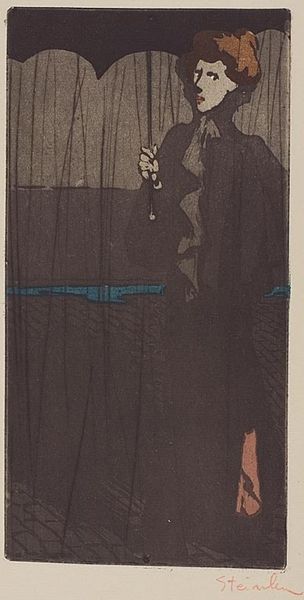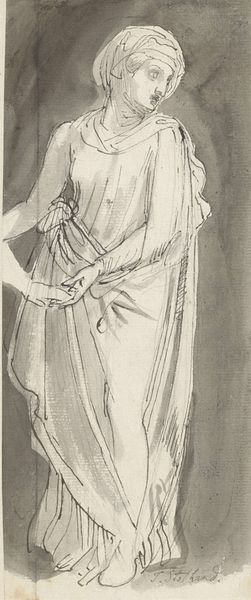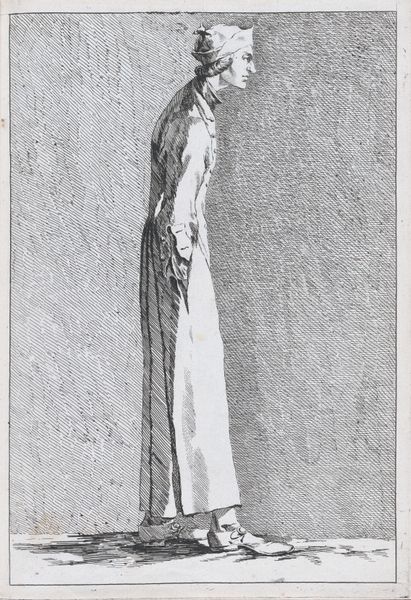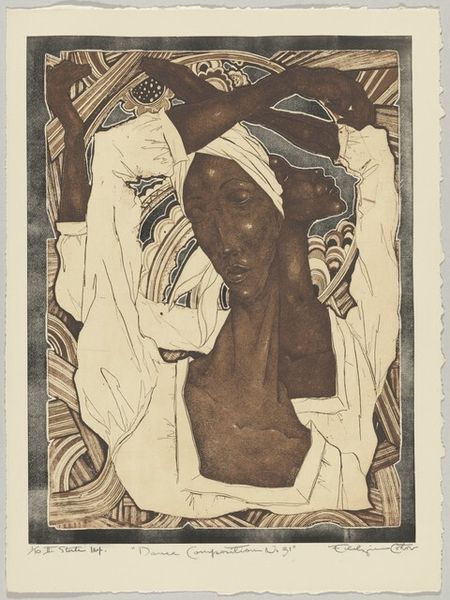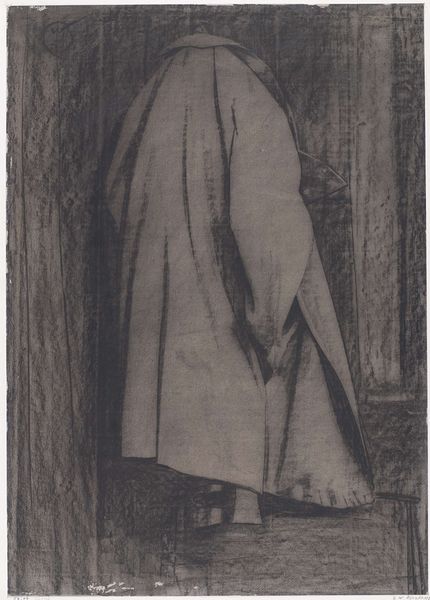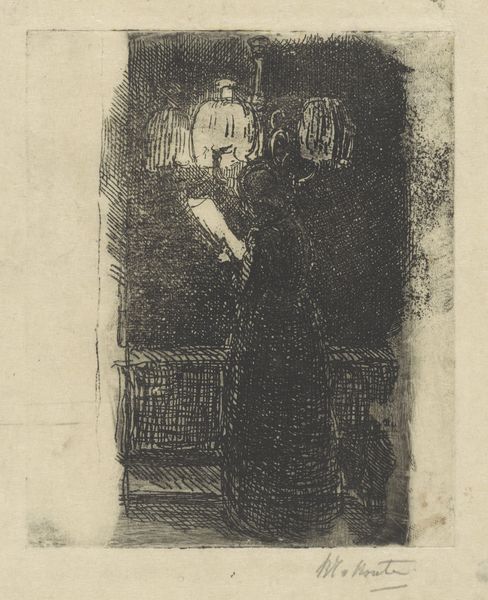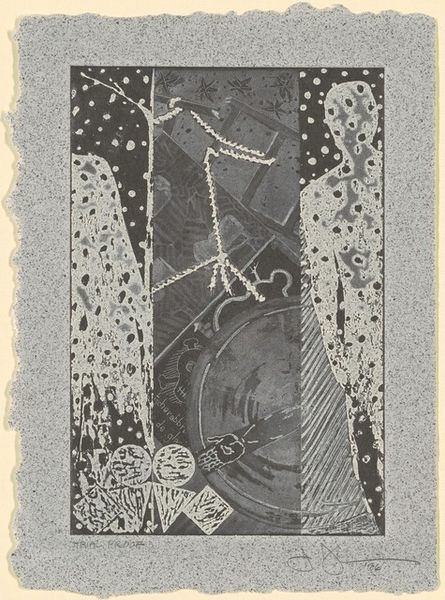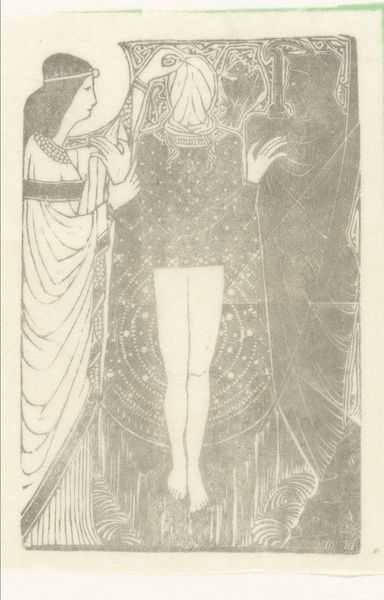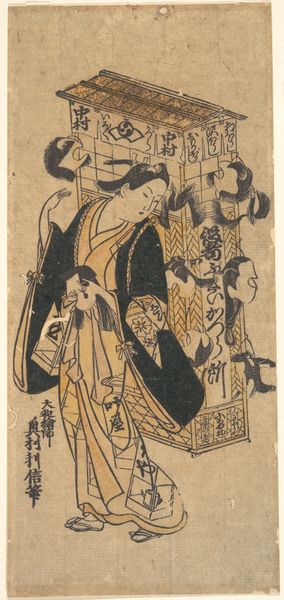
print, woodblock-print
#
portrait
#
narrative-art
# print
#
asian-art
#
ukiyo-e
#
woodblock-print
Copyright: Public Domain
Editor: This woodblock print, "A Chushingura Parody" by Utagawa Toyokuni I, dates to about 1787. The composition is unusual, almost like three stacked portraits. What do you see when you look at this print? Curator: As a materialist, my interest lies primarily in the production of this ukiyo-e print. It's not simply an aesthetic object; it’s the result of a complex system involving artists, block carvers, printers, and publishers, all operating within specific social and economic constraints of Edo-period Japan. The layering of figures, seemingly without clear narrative connection, disrupts traditional hierarchical viewing and may even comment on consumerism of mass produced woodblock prints. How might the relative disposability of the medium have impacted the subjects depicted within? Editor: That's a really interesting way to frame it. The fact that it's a "parody" also hints at the intended audience being familiar with the original Chushingura story, right? So, does the choice of a cheaper, reproducible medium like the woodblock print perhaps indicate that this was aimed at a broader, less affluent audience than, say, a painted scroll of the same subject matter might have been? Curator: Precisely. The material and means of its production democratized access. It questions assumptions about the elite's monopoly on culture. Did this accessibility change the understanding and reception of stories such as Chushingura? Was the emotional impact blunted or sharpened when it was readily available to the masses? It opens a critical pathway between craft, consumption, and cultural meaning. Editor: It's fascinating to consider this piece not just as art, but also as a product embedded within its economic and social context. It makes you rethink the relationship between art, labor, and audience in that period. Curator: Indeed, and that’s the enduring power of focusing on the materiality of art. It's about uncovering those relationships and seeing beyond the surface aesthetics.
Comments
No comments
Be the first to comment and join the conversation on the ultimate creative platform.
